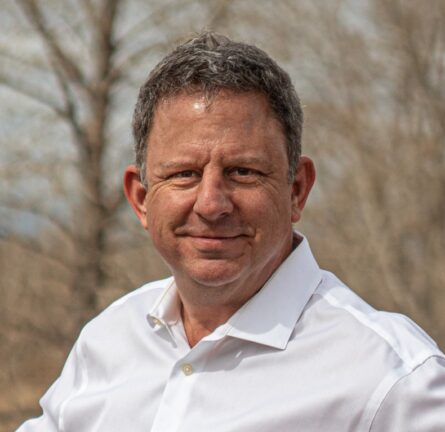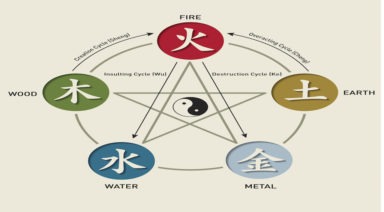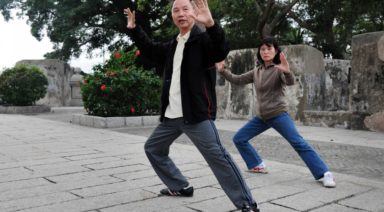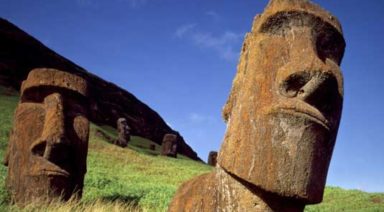Chögyam Trungpa: Poetry, Crazy Wisdom, and Radical Shambhala
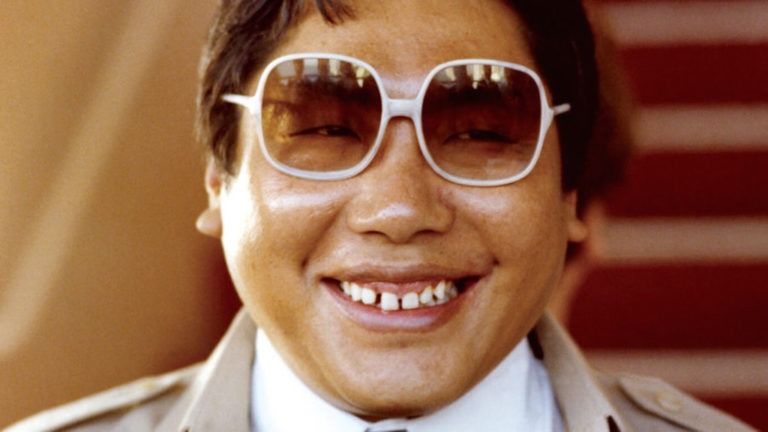
I was entranced with the beautiful writings of Chögyam Trungpa for many years. His book, Shambhala: The Sacred Path of The Warrior became a staple in my life. It opened my eyes to the spiritual potential and deepened my understanding of life, love, and the divine.
The more I learned, the more I craved Chögyam Trungpa’s books. When I meditated on him, I could feel his playful and loving heart. He had died a few months prior to my first experience of his unique spirit and work.
My favorite Chögyam Trungpa quotes are, “Everyone loves something, even if it’s only tortillas,” and “The ideal of warriorship is that the warrior should be sad and tender, and because of that, the warrior can be very brave as well.”
A prolific writer and Buddhist meditation master, Chögyam Trungpa (March 5, 1939 – April 4, 1987) is among the first masters who brought Buddhist teachings to the west and made them accessible.
The holder of the Kagyu and Nyingma lineages, Chögyam Trungpa was a brilliant man who lived a remarkable life.
Besides being the 11th Trungpa Tülku, an incarnating line of Tibetan lamas, Chögyam was:
- A radical, groundbreaking teacher in the Vajrayana school of Buddhism
- A re-imaginer of the original visions of Shambhala (a mythic Buddhist kingdom)
- A Tertön, someone who discovers ancient, hidden, Tibetan Buddhist texts
- The Supreme Abbot of the Surgmang Monasteries
- Globally adored Poet, Artist, and Scholar
“Enlightenment is ego’s ultimate disappointment.”
― Chögyam Trungpa
The Adventurous Life of Chögyam Trungpa
While studying meditation, philosophy, calligraphy, painting, and monastic dance, Chögyam Trungpa became a monk in 1947.
In the 1950s, when Chinese communists repatriated Tibet, the Rinpoche trekked over the Himalayas and narrowly escaped capture. He reached India in 1959 and began teaching Buddhism to young lamas in Delhi, India.
Fluent in English, Chögyam Trungpa studied at Oxford, and taught throughout North America and Europe, giving thousands of talks to eager initiates.
Known for presenting Buddhist teachings in secular terms, Chögyam founded his growing Buddhist community and teachings under the name “Vajradhatu” in 1973. The organization was renamed “Shambhala International” in 2000 by his son, born to a nun named Lady Kunchok Palden.
Shambhala International focuses on Buddhadharma, meditation, mindfulness, wakefulness, creativity, and new thoughts on living a peaceful life.
In 1970, Chögyam married a wealthy sixteen-year-old student named Diana Judith Pybus (also known as Diana J. Mukpo). They had three sons together, two of whom are recognized as reincarnations of Buddhist lamas. Diana also had a son out of wedlock, Ashoka Mukpo, raised by Chögyam, who is also considered a reincarnated Tibetan lama.
Ashoka states on his blog about his father, “I believe from the bottom of my heart that we will be unpacking his life and teachings for a thousand years.”
Diana wrote a book entitled, “Dragon Thunder: My Life with Chögyam Trungpa,” which details the challenges and triumphs living with the Buddhist master. While remarkable, their marriage wasn’t all malas, mantras, and magic.
In 1974, Chögyam Trungpa Rinpoche founded Naropa in Boulder CO, the first Buddhist-inspired university in the United States.
Chögyam’s books are published by Shambhala Publications and is not affiliated with Shambala International or Naropa University.
To many Buddhists, Chögyam Trungpa is known as a profound and enlightened Buddhist master. He is also one of the most influential spiritual leaders of our time. His books and lectures are considered essential teachings on meditation and Buddhadharma.
The Chogyam Trungpa documentary, “Crazy Wisdom: The Life & Times of Chogyam Trungpa Rinpoche” can be found on online and in stores.
We do not have to be ashamed of what we are. As sentient beings, we have wonderful backgrounds. These backgrounds may not be particularly enlightened or peaceful or intelligent. Nevertheless, we have soil good enough to cultivate; we can plant anything in it.”
― Chögyam Trungpa
Chögyam Trungpa Books
Chögyam Trungpa Rinpoche’s work is vast and profound, so please do not allow this short list to limit your exploration of his work.
Here are a few highlights among his remarkable publications:
- Born in Tibet (1966), autobiography, the story of escaping from Tibet
- Meditation in Action (1969)
- Mudra (1972)
- Cutting Through Spiritual Materialism (1973)
- The Tibetan Book of the Dead: The Great Liberation through Hearing in the Bardo, translated with commentary by Francesca Fremantle and Chögyam Trungpa (1975)
- Shambhala: The Sacred Path of the Warrior (1984)
- Crazy Wisdom (1991)
- The Heart of the Buddha (1991)
- Secret Beyond Thought: The Five Chakras and the Four Karmas (1991)
- The Lion’s Roar: An Introduction to Tantra (1992)
- Timely Rain: Selected Poetry of Chögyam Trungpa (1998)
- Great Eastern Sun: The Wisdom of Shambhala (1999)
- Glimpses of Space: The Feminine Principle and Evam (1999)
- The Essential Chögyam Trungpa (2000)
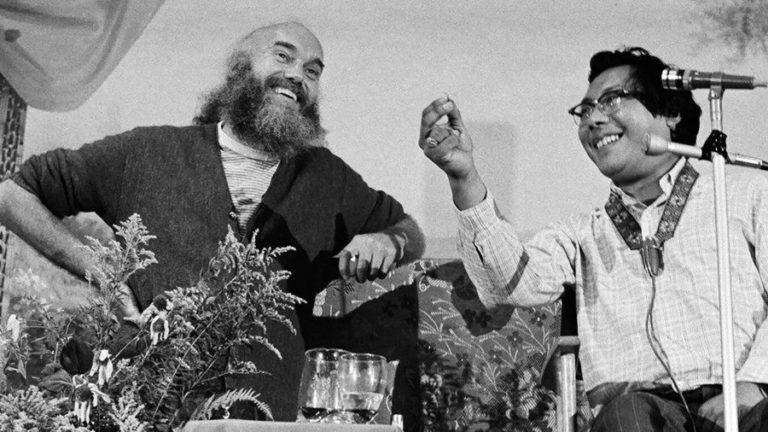
Chögyam Trungpa with Ram Dass via ramdass.org
Famous Chögyam Trungpa Quotes
It’s impossible to encapsulate the writing of Chögyam Trungpa in a few quotes, but here are a handful of his thoughts that might inspire an opening of heart and mind:
- “Shambhala vision teaches that in the face of the world’s great problems, we can be heroic and kind at the same time.”
- “Becoming “awake” involves seeing our confusion more clearly.”
- “As long as a person is involved with warfare, trying to defend or attack, then his action is not sacred; it is mundane, dualistic, a battlefield situation.”
- “When we talk about compassion, we talk in terms of being kind. But compassion is not so much being kind; it is creative to wake a person up.”
- “Enlightened society has to be real and good, honest and genuine.”
- “When we are afraid of ourselves and afraid of the seeming threat the world presents, then we become extremely selfish. We want to build our little nests, our cocoons so that we can securely live by ourselves.”
- “The key to warriorship and the first principle of Shambhala vision is not being afraid of who you are. Ultimately, that is the definition of bravery: not being afraid of yourself.”
- “Warriorship is so tender, without skin, without tissue, naked and raw. It is soft and gentle. You have renounced putting on a new suit of armor. You have renounced growing a thick, hard skin. You are willing to expose naked flesh, bone, and marrow to the world.”
- “Meditation, or samadhi, is connected with the idea of overcoming the constant search for entertainment.”
The Wild Side of Chögyam Trungpa
It might be said that every master who can see through the veils of reality might also enjoy an occasional, secret dip into the most human enslavements.
To boot, any great re-imaginer and re-presenter of ancient texts are bound to cross lines that most of us would consider sacred. Whether the crossing of these lines is inconsistent with the path leading to liberation is up to the reader.
Chögyam taught many students to explore their wild natures so that they could know their passions, depths, and limits. He encouraged others to seek authenticity in pursuit of knowing their gifts, values, and uniqueness.
Given the wide berth he gave his followers, Chögyam may have imagined that each soul would eventually tire of these mundane activities and seek the divine.

Chögyam Trungpa smoking via http://www.crazywisdomthemovie.com/
Chögyam Trungpa loved to engage elite and revolutionary writers, artists, and thinkers. His students included the famous author Of Mice and Men, John Steinbeck and the lovely Joni Mitchell. He also spent time with the voice of the Beat Generation, Allen Ginsberg, and poets W.S. Merwin and Anne Waldman, among many others.
It was said that Chögyam Trungpa enjoyed drinking alcohol, and on occasion, used cocaine. Some have said that they would not recommend becoming a student of his due to his narcissistic and sexual tendencies. Chögyam’s wild side could be challenging, off-putting, and potentially dangerous, if not harmful to others.
When we dance with the pains, perilous thoughts, and behaviors of humanity, either as a writer, artist, or teacher, we begin to see that every vice is akin to the others. Over time, the collection of human vices becomes a collage, each one fading into the next. There is no reason to judge one vice over another, except in the harm that it might engender to ourselves and others.
There have been other accusations against Chögyam Trungpa, including sexual liaisons, consorts, and the like. While we cannot know the depths of pain that Chögyam may have inspired in others, we must realize that not all teachers are as pure as they portray. If we weren’t present to the mayhem, we might never know the truth.
Chögyam said, “You shouldn’t imitate or judge the behavior of your teacher, Chögyam Trungpa Rinpoche unless you can imitate his mind.”
It might be said that Trungpa enjoyed provoking people, even shocking them, out of their attitudes, masks, apathy, and aloofness, with the hope that they might seek expansion and liberation.
Chögyam Trungpa’s Controversial Son
When high-profile, spiritual leaders repeatedly make mistakes that hurt others, it’s usually the sign of something much deeper and more problematic, not only within the individual but also within the related organization.
Born Sawang Ösel Rangdröl Mukpo, Mipham Rinpoche, also known as Sakyong or King, is the leader of one of the most expansive Buddhist organizations in the world, known as Shambhala International, which includes over 220 centers, groups and gathering halls in over 50 countries. It was initially founded under a different name by his father, Chögyam Trungpa.
Sakyong Trungpa is Chögyam Trungpa’s son and spiritual heir in this life.
Chögyam imparted profound Buddhist teachings to his children but may have imbued his son with sexual and mischievous ideas and behaviors, along with other related dependencies and complications. It is impossible to know what was transmitted, transmuted, and consumed into Sakyong Trungpa.
Choseng Trungpa Rinpoche: The Reincarnation of Chögyam Trungpa
It appears that the teachings of Chögyam Rinpoche are getting a second life.
Choseng Trungpa has born as the 12th and current Trungpa Tülku on February 6, 1989, in eastern Tibet. Enthroned at Surmang Monastery, where his father Chögyam Trungpa was the most recent abbot, Choseng has been officially recognized as the reincarnation (reemergence into a new life through birth) of Chögyam Trungpa.
It’s true: In life and death, what comes around, goes around! My devotion and gratitude to the Vidyadhara know no horizon for bringing us the blessings of our lineage, which continue to inspire me to be a genuine and compassionate human being. It bears remembering how difficult it was for him to transmit that lineage, and what an integral part of his heart and mind it was. I have great faith that we are in a special moment right now; may the memory and legacy of Chögyam Trungpa Rinpoche guide us.
— Ashoka Mukpo, Journalist, Photographer, and adopted son of Chögyam Trungpa
The Five Chinese Zodiac Elements: How To Discover Yours And The Meaning Behind It

In Chinese culture, there is a strong focus placed on balance. As energy flows in one direction, it ebbs in another. From Feng Shui to holistic medicine, the interactions and relationships within the universe are only harmonious when kept in balance. The Five Elements Theory, or Wu Xing, is a Chinese philosophy that is used as the basis for everything from traditional Chinese medicine and acupuncture to fortune-telling, martial arts, and more. The five elements — earth, metal, wood, fire, and water — are believed to be the fundamental roots of the universe, between which interactions occur.
Similar to horoscopes in Western astrology, each Chinese element has its own characteristics and associations, and each plays a crucial role in the balance of the universe. No element is stronger or more important than another, and each has its own defined strengths and weaknesses. According to the Five Elements Theory, all things arise from and return to the universe and are composed of these elements. This is why understanding our own connection to them is important.
Understanding the Chinese Elements Cycle
Each of the five elements stands independently, but each influences and molds the others. The world’s interactions are determined by the Chinese elements creating and destroying each other. The process of creation promotes development, while the process of destruction restrains this development. The two are complementary processes and create a harmonious stillness when balanced.
For example:
Creation:
- Water feeds Wood.
- Wood fuels Fire.
- Fire makes Earth (i.e. ash).
- Earth produces Metal.
- Metal carries Water.
Destruction:
- Wood separates the Earth (i.e. roots).
- Earth absorbs Water.
- Water smothers Fire.
- Fire melts Metal.
- Metal penetrates Wood.

